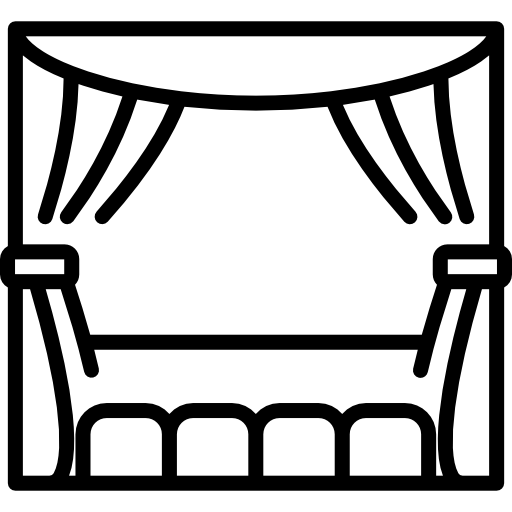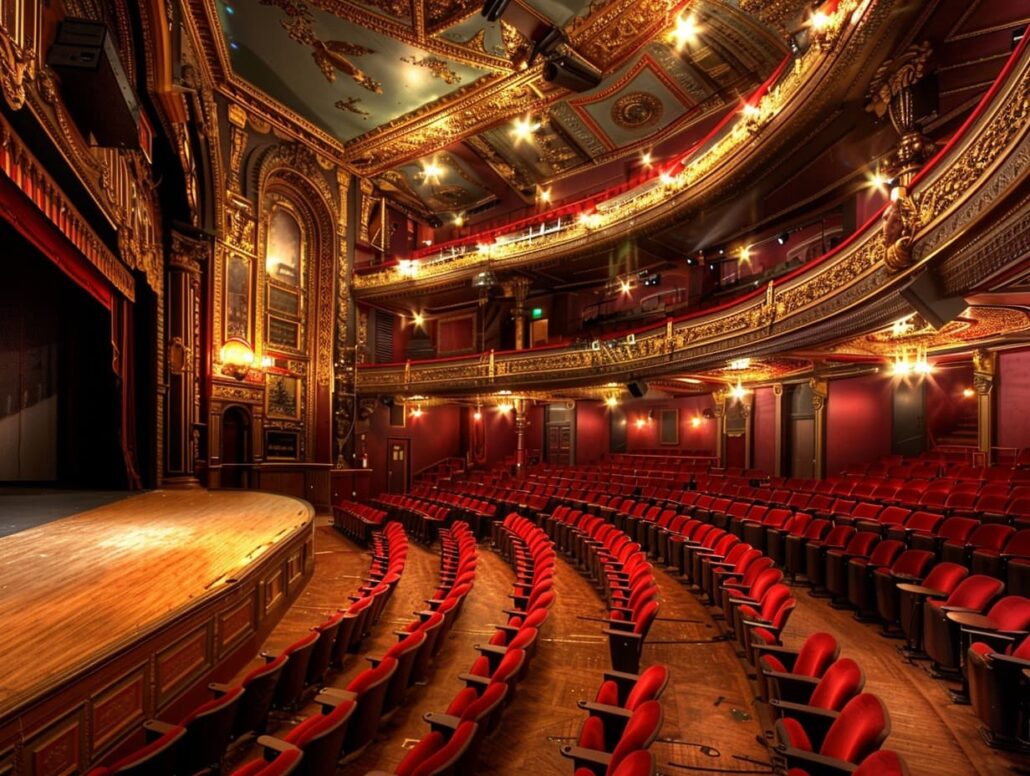Theater art could adapt to the most difficult conditions, even under dictatorship conditions. After the Nazi Party came to power and the establishment of the Third Reich (1933-1945), amateur and professional theater artists took every opportunity to maintain their professional skills. Not only did non-Jewish actors continue their careers in the new Germany, but Jewish German theater actors also found creative niches for their art-making. During the Holocaust, Nazi censorship, special laws, and restrictions on cultural activities severely determined the Reich’s cultural policy, especially with regard to Jews. Still, a rich cultural life did not cease even where no creativity seemed to be possible. Until 1941, various kinds of theatrical and musical performances for German Jews were organized by the Jewish Cultural Association Idischer Kulturbund; there were theaters in early concentration camps for political prisoners, in transit camps and internment camps in Western Europe, such as Westerbork in the Netherlands, and in closed ghettos: Warsaw, Lodz, Krakow and Vilna, in the “model” ghetto of Theresienstadt and in concentration and extermination camps such as Dachau and Auschwitz-Birkenau. Even after World War II, actors released from Nazi camps and ghettos organized Yiddish-language performances in displaced persons’ camps such as Bergen-Belsen.
THEATRICAL ART
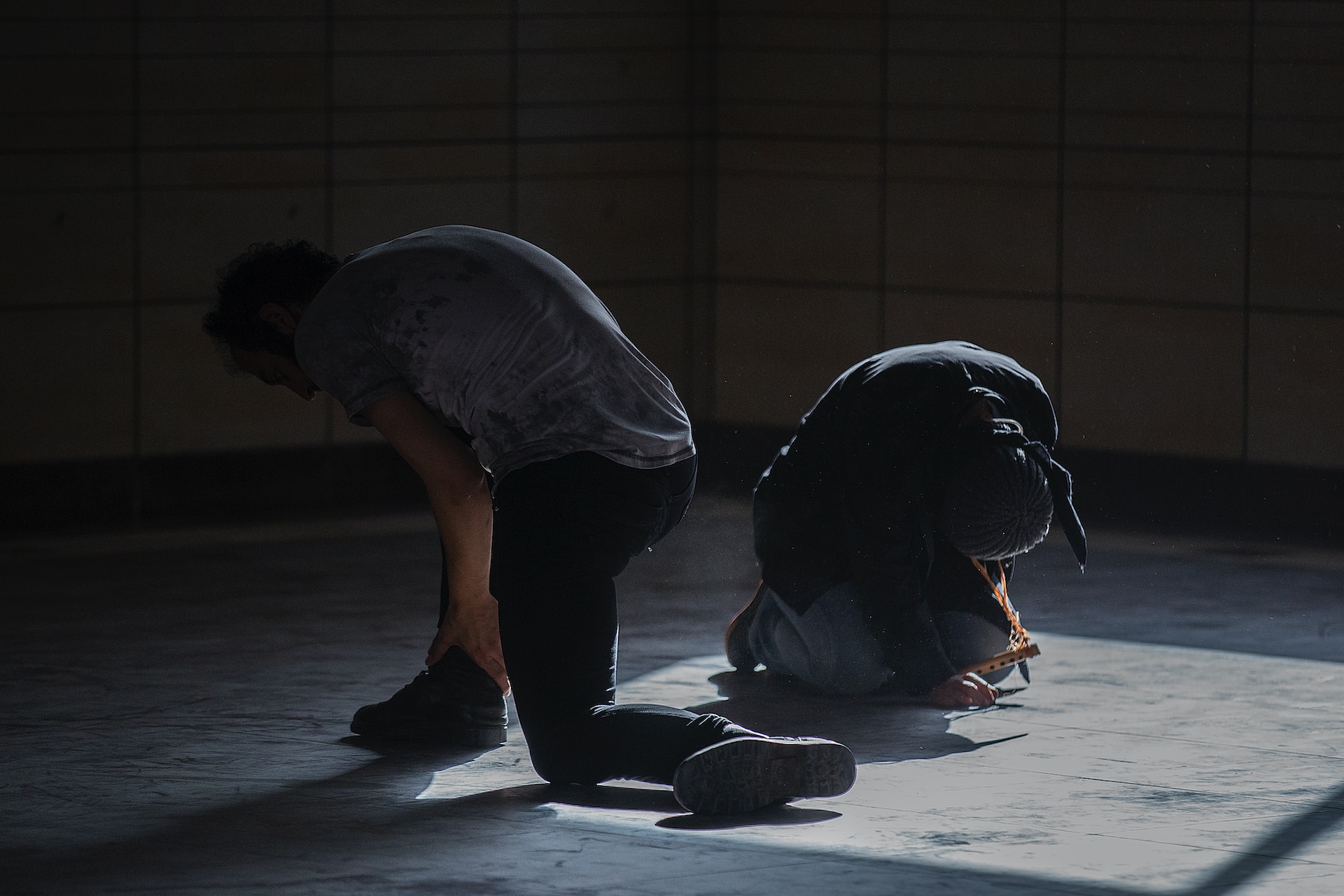
Related Posts
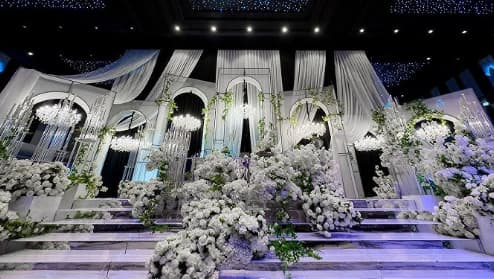
From Stage to Doorstep: How Miami Theaters Inspire Premium Floral Mono-Compositions for Special Occasions
Picture this: the curtain rises at Miami’s Adrienne Arsht Center,...
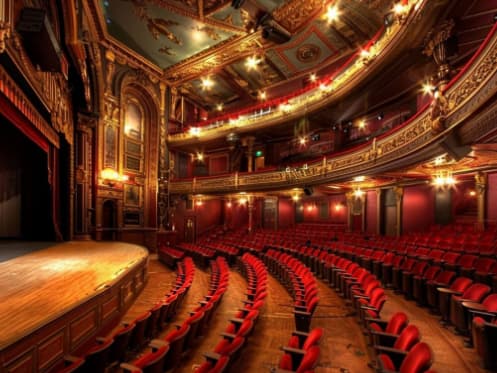
The Digital Revolution in Theater: How QR Codes and Interactive Programs are Transforming Audience Experience
The curtain is rising on a new era in theatrical...
Search
Recent Posts
- From Stage to Doorstep: How Miami Theaters Inspire Premium Floral Mono-Compositions for Special Occasions
- The Digital Revolution in Theater: How QR Codes and Interactive Programs are Transforming Audience Experience
- Top 5 Theaters In Canada
- Innovations in Theater Programs: Moving from Paper to Interactive with QR-codes
- Nostalgia Rekindled: The Allure and Evolution of Drive-In Theaters

